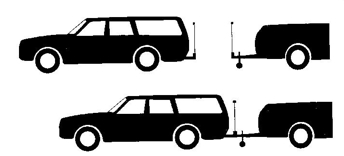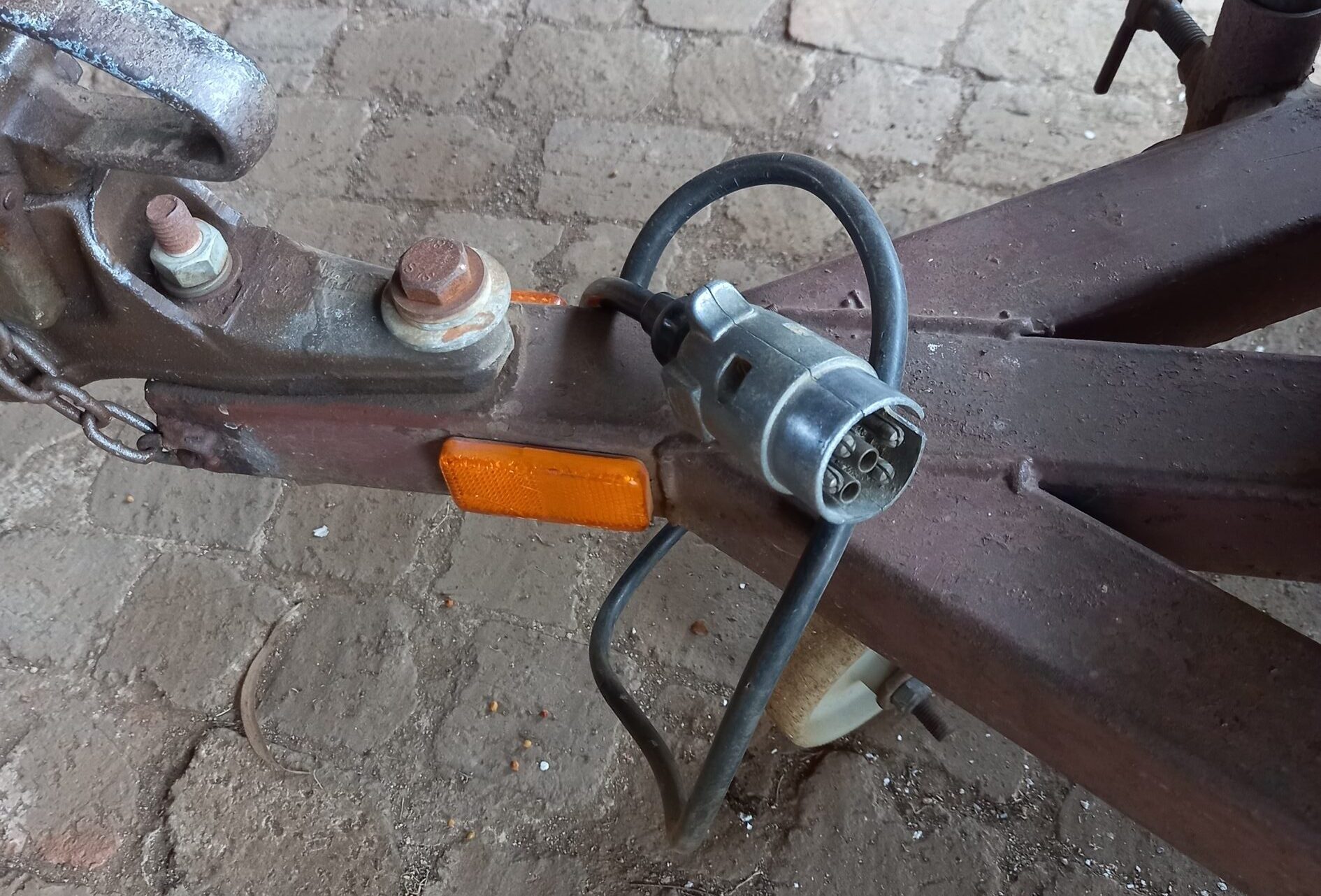Regardless of whether you drive a bakkie or a car, if your live on a smallholding chances are that at some stage you will need to tow a trailer.
And whether it’s a little Ventertjie or a double-axle job large enough for a tractor, or a horse box, there are a couple of things that routinely go wrong with trailers and towing, or which you should know before you start.
Trailer lights
Because they dangle down off the trailer when not in use, the push-in plugs which connect the trailer’s lights to your vehicle are often easily cracked or broken. Or, simply because of where they are – exposed to the elements – their connections can become corroded and loose.
Thus, one of the most common bits of trailer maintenance you will need to undertake is to replace the plug.
It is easy enough when you have the right wiring sequence, assuming your towing vehicle has a conventionally-wired connection.
When you open the plug you will notice little number next to each of the connecting screws. Connect as follows:
- Left indicator (yellow wire)
- Spare (could be used for a horsebox interior light, for example).
- Earth (white)
- Right indicator (green)
- Park light (left or right – black)
- Brake lights (red)
- Park lights (left or right – brown)
Because the wiring of an older trailer may have been repaired “unconventionally” it is worth checking that your lights work in the correct way once you have rewired the plug.
Hitching up your trailer
Unless your trailer is light enough to be maneuvered by hand, hitching it to your towing vehicle alone becomes, at best, a frustrating hit-and-miss business. Or, more likely, impossible.
Here, however is a simple way to ensuring the tow hitches of the trailer and vehicle align perfectly with no third party assistance.
To the tow hitch on the trailer affix a vertical piece of wire long enough that you can see it in your rear car window. Stick a small ball or flag on top to make it more visible.

Just in front of the towing ball on your car, ie between the ball and the back bumper, do the same.
Now reverse the car slowly towards the trailer, aiming to align the two balls.
Assuming that you have the wires vertical, as soon as the balls touch the trailer’s hitch should be directly over the tow ball of the vehicle.
Reversing with a light trailer
Small trailers are notorious for rapidly swinging around behind the towing vehicle when reversing, not least because the driver often can’t see the trailer either in his rear-view or side mirrors or through his rear windscreen. Not, that is, until the swing of the trailer is too great for him to correct it by turning the steering wheel the other way.
There’s a remedy for this, too. To the middle of the rear of the trailer attach a vertical length of wire, with a small ball or flag on top.
Now attach the trailer to the car and ensure that the one is straight behind the other, like it would be on a straight road.
Then, sitting in the driver’s seat, look behind out of the rear windscreen and note the position of the ball or flag. Make a small mark on the windscreen using a koki pen or something similar.
Now, when you want to reverse you will instantly see when the trailer begins to swing because the flag will move to the left or right of the mark on the windscreen, affording you ample warning of which way to steer to correct the swing.
Main image: Trailer electrical plug … easily cracked or broken. SA Smallholder Online

